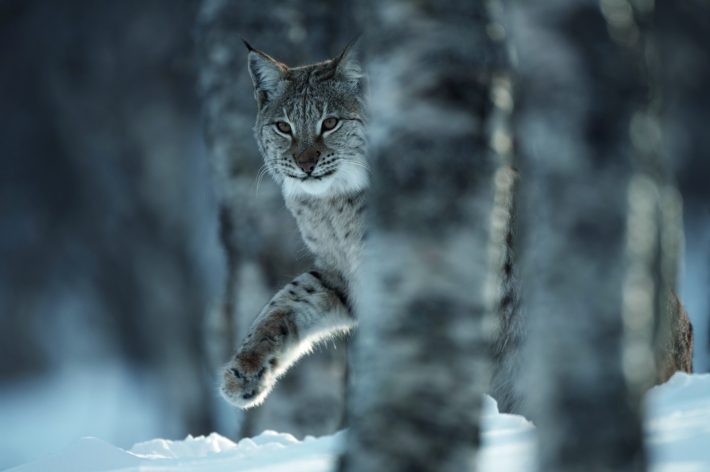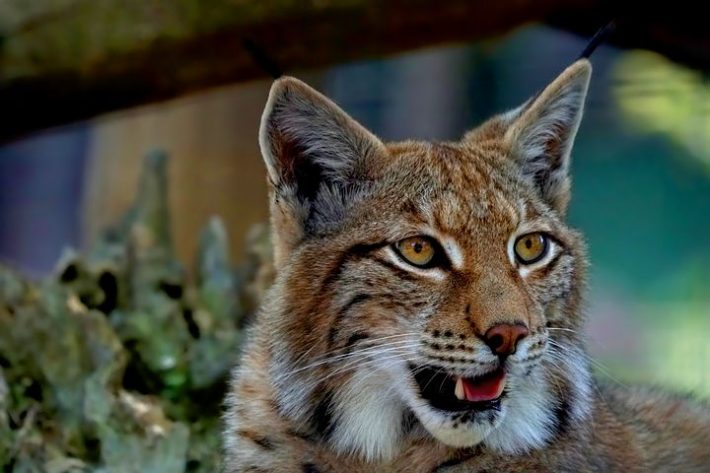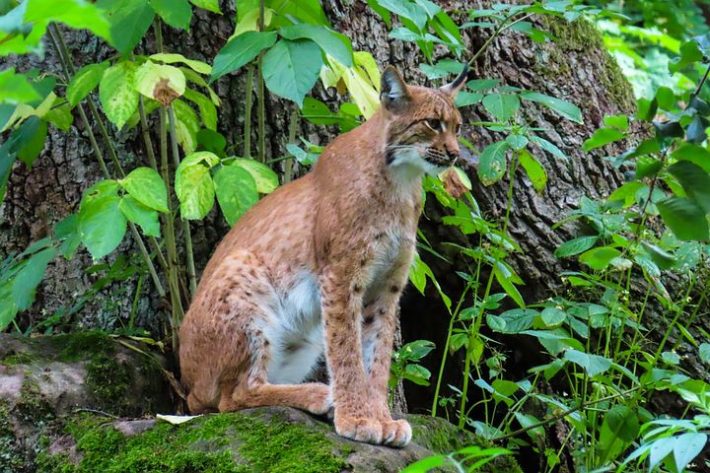Lynx reintroduction in Scotland evokes mixed opinions
A collaborative study from the University of Exeter and Vincent Wildlife Trust investigates stakeholder opinions of lynx reintroduction in Scotland.

Lynx have not existed in Britain for more than 1000 years. However, some conservation groups now argue that the species could help to restore our natural ecosystems. Researchers from Vincent Wildlife Trust and the University of Exeter investigated the views of stakeholders. This included farmers and land managers alongside conservationists.
The study, published in People and Nature, was carried out in the Cairngorms National Park, based on detailed discussions with 12 people representing a range of groups with an interest in the issue of lynx reintroduction. A second stage then took place, with 34 new participants taking a survey to give their views on a range of statements about the issue.

Lead author David Bavin (Vincent Wildlife Trust) explained “Our results show that Scottish views about the lynx reintroduction are far more nuanced than we assumed.” As opposed to a binary ‘yes or no’ split, the researchers received a wide spectrum of responses.
The responses come under 5 distinct perspectives:
- ‘Lynx for Change’: supportive of reintroduction, feeling that they could facilitate ecosystem restoration.
- “Lynx for Economy”: also supportive, anticipating economic benefits to local communities.
- “No to Lynx”: strongly opposed, perceiving that humans are fulfilling the roles of absent large carnivores.
- “Scotland is not Ready”: supported the conversation but perceived prohibitive socio-ecological barriers.
- “We are not Convinced”: not satisfied that an adequate case for biodiversity gain has been made but were open to further exploration of the potential.
“The study identifies important areas of disagreement regarding the potential impacts of their reintroduction,” continues Bavin. “Whether our environment should be managed by people, or encouraged to self-regulate, is a complicated matter.”

A lack of trust between stakeholders was noticed. This primarily stemmed from participants’ previous experiences of wildlife reintroductions and the management of recovering predators. However, it was agreed that for a successful reintroduction, a co-operative approach would be needed.
Dr Sarah Crowley (University of Exeter) added “The study provides a foundation for any future dialogue surrounding the potential reintroduction of the lynx to Scotland.”
This article has been adapted from a University of Exeter press release.
Read more here:
, , , & (2023). Stakeholder perspectives on the prospect of lynx Lynx lynx reintroduction in Scotland. People and Nature, 00, 1– 18. https://doi.org/10.1002/pan3.10465
Like what we stand for?
Support our mission and help develop the next generation of ecologists by donating to the British Ecological Society.